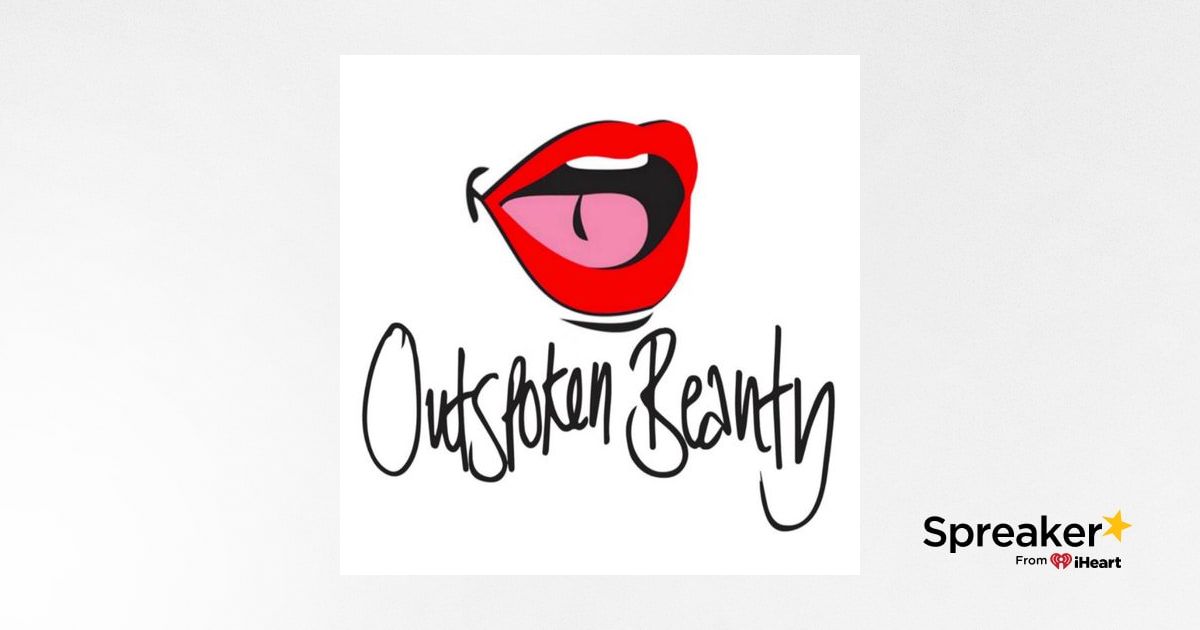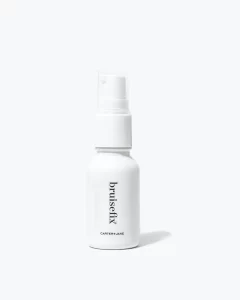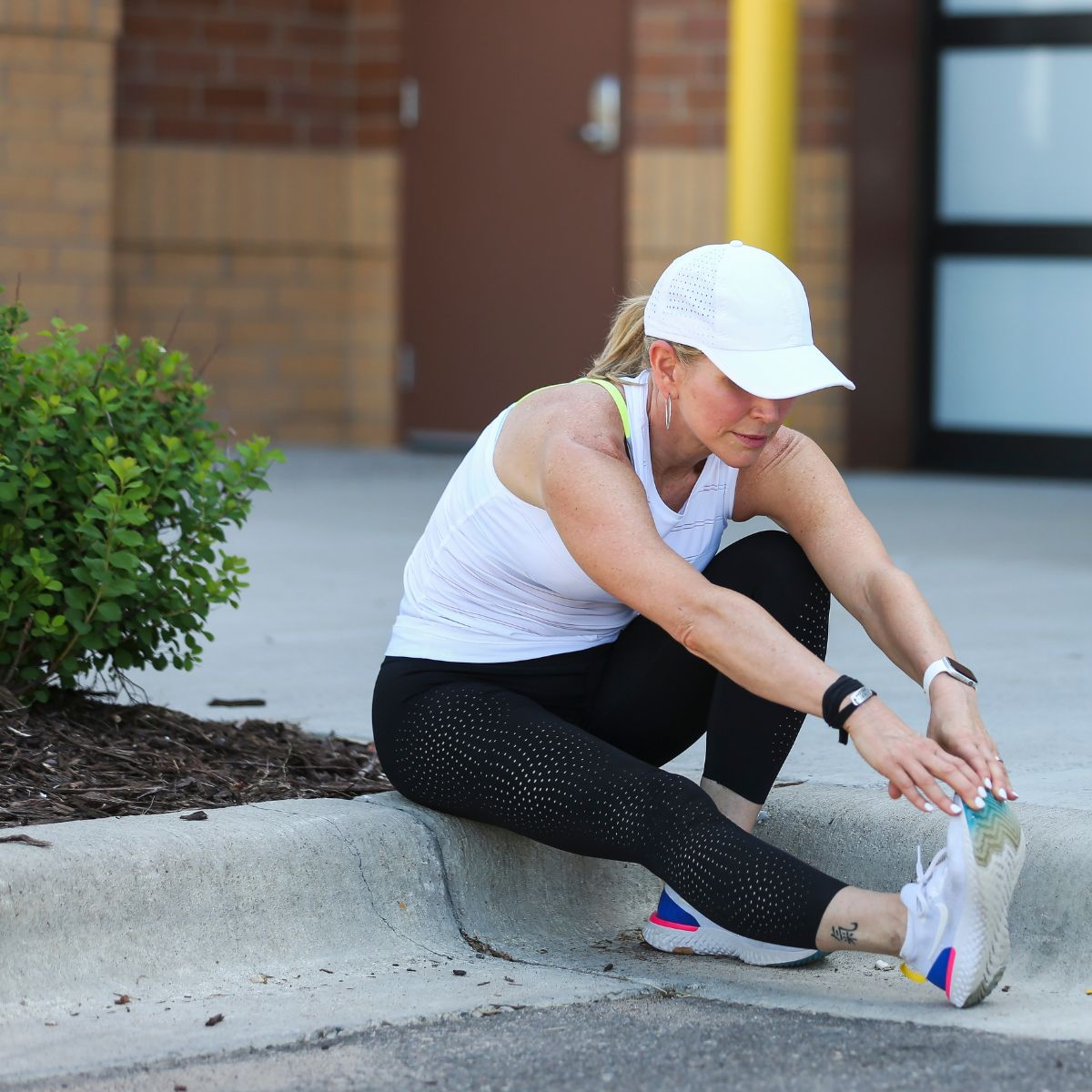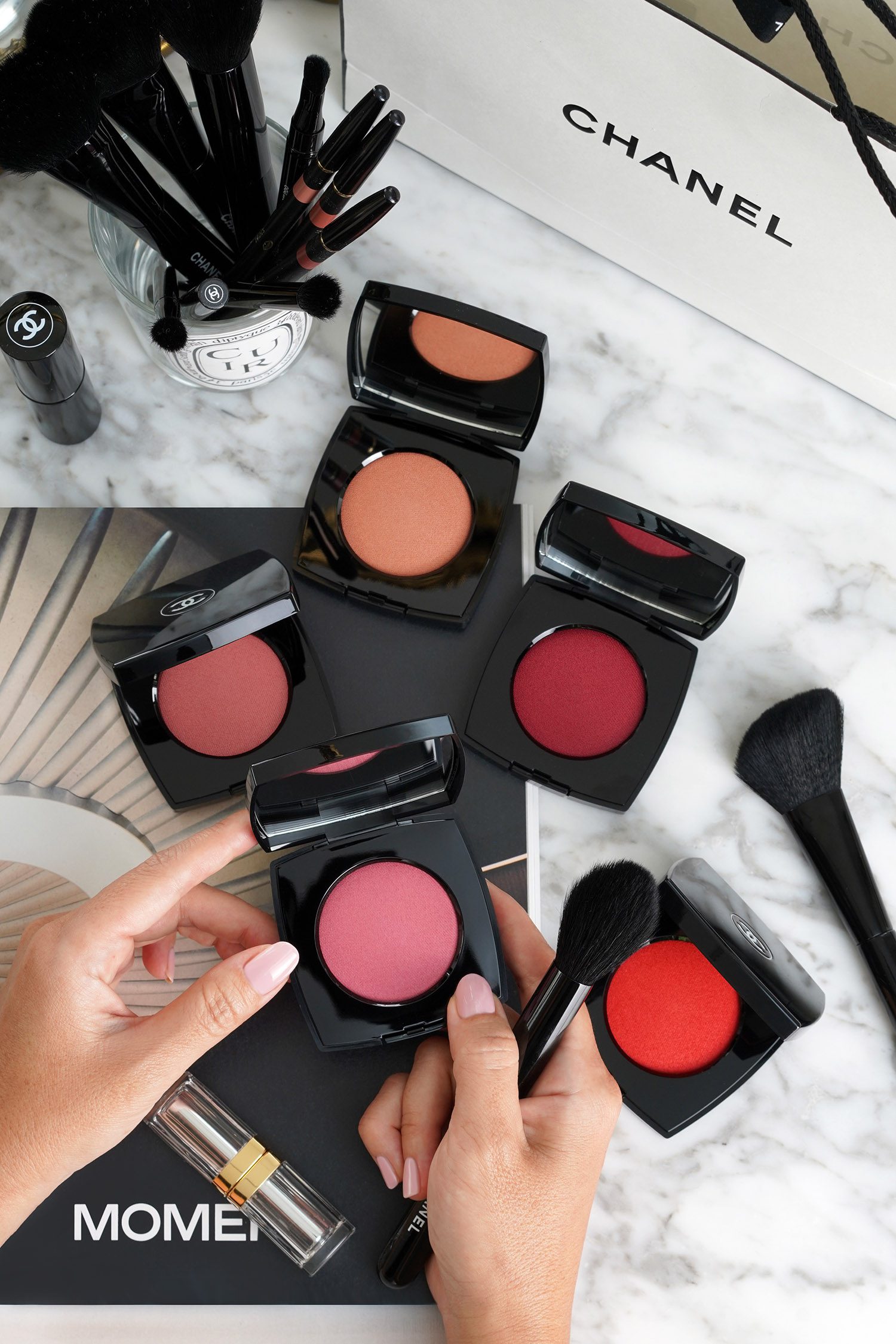Editor Tip: The bottle has an airless pump that helps preserve the formula, keeping it effective.
Key Ingredients: Retinol, peptides, squalane | Who It’s For: First-timers, or those looking for a step-up system
Best with SPF: CeraVe Skin Renewing Day Cream with Sunscreen
Why It’s Worth It: We always appreciate a skin-care product that incorporates UV protection, which is just one of the reasons why CeraVe’s Skin Renewing Day Cream with Sunscreen has earned our stamp of approval. Formulated with SPF 30, this moisturizer features encapsulated retinol for time-released goodness to prevent irritation. Like the rest of CeraVe’s dependable lineup, it also features three ceramides as well as good ‘ol hyaluronic acid to restore the barrier and seal in moisture.
Editor Tip: Despite the sun protection, it feels lightweight and sinks in quickly.
Key Ingredients: Retinol, ceramides, hyaluronic acid | Who It’s For: Those seeking a daytime option
What is retinol?
The transformative skin-care ingredient is otherwise known as pure vitamin A. Along with a bunch of other vitamin-A derivatives starting with the letter R, retinol is an example of a retinoid — that’s the catchall term for these A-based formulas, both the over-the-counter (OTC) and prescription (Rx) varieties, like tretinoin. (Adapalene is the only prescription-level retinoid available over-the-counter.)
As a refresher, retinoic acid is the active form of vitamin A that immediately binds with receptors on our skin cells, causing them to behave in a healthier capacity. This directive can translate to countless improvements, like normalized cell turnover for clear, glowing skin; balanced pigment production for fewer dark spots; revved-up collagen synthesis for smoother skin and tighter pores.
How much retinol should I use?
“When it comes to a retinol cream, it’s important to know what percentage of retinol is included in the formula to determine if the product is actually going to deliver all the glorious benefits vitamin A has,” Dr. Kim explains. “Studies have shown that retinol is about 10 times less potent than prescription-strength retinoic acid, so I usually recommend products with at least 0.25% retinol.”
How often should I apply retinol?
Especially for first-time users, retinol treatments generally come with an irksome adjustment period. Over-the-counter vitamin-A formulations, like those with retinol and retinaldehyde (often shortened to retinal), tend to be weaker because the skin has to convert them to retinoic acid before they can take full effect. With any retinoid, especially if you have sensitive skin, you have to practice restraint and apply a pea-size drop only one or two nights a week until your skin acclimates.
Will retinol irritate my skin?
New York City-based board-certified dermatologist Hadley King, MD, reminds us that some degree of irritation — like dryness, peeling, redness, flaking, and burning — is normal and should subside by the fourth week. You can also buffer your retinoids with a squirt of anti-inflammatory serum or lotion — think formulas spiked with niacinamide, polyphenols, lipids, and ceramides. These are doctors’ orders — well-established ones — that we’ve long practiced and preached.
#Retinol #Creams #Targeting #Wrinkles
.jpg)







.JPG)




















